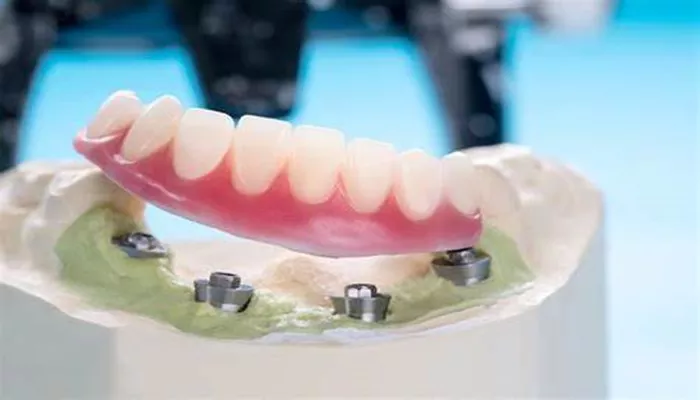Dental X-rays are essential diagnostic tools used by dentists to examine the health of your teeth and gums. They help identify issues that are not visible during a standard dental examination, such as cavities, bone loss, and infections.
However, if you do not have dental insurance, the cost of dental X-rays can be a concern. This article will provide a detailed overview of how much dental X-rays typically cost without insurance, the different types of X-rays, and factors that influence the pricing.
What Is Dental X-Rays?
Before diving into costs, it’s important to understand the types of dental X-rays commonly used in dental practice:
1. Bitewing X-Rays
Bitewing X-rays are used to detect cavities between teeth and monitor the health of the upper and lower teeth. They are often taken during regular dental check-ups.
2. Periapical X-Rays
Periapical X-rays capture the entire tooth, from the crown to the root. These X-rays are crucial for diagnosing problems with the tooth roots and surrounding bone.
3. Panoramic X-Rays
A panoramic X-ray provides a broad view of the entire mouth, including all teeth, jaws, and surrounding structures. This type of X-ray is useful for assessing tooth alignment and planning for orthodontic treatment.
4. Cone Beam Computed Tomography (CBCT)
CBCT is a more advanced type of imaging that produces 3D images of the teeth and jaws. It is often used for complex cases, such as dental implants and oral surgery planning.
Cost of Dental X-Rays Without Insurance
The cost of dental X-rays without insurance can vary significantly based on the type of X-ray, the dental practice, and geographic location. Here’s a breakdown of typical prices:
Bitewing X-Rays
Cost Range: $30 to $150
Description: Usually, a set of two or four bitewing X-rays is taken during routine check-ups. The price can vary depending on the dental office and the region.
Periapical X-Rays
Cost Range: $20 to $100 per X-ray
Description: Periapical X-rays are usually taken individually. The total cost will depend on how many are needed.
Panoramic X-Rays
Cost Range: $100 to $250
Description: Panoramic X-rays are more comprehensive and generally more expensive than bitewing or periapical X-rays.
Cone Beam Computed Tomography (CBCT)
Cost Range: $250 to $1,000
Description: This advanced imaging technique is used for specialized treatments and can be quite costly. The price depends on the complexity of the case and the specific technology used by the dental office.
Overall Cost Summary
Here is a quick summary of the typical costs of various dental X-rays without insurance:
| Type of X-Ray | Cost Range |
| Bitewing X-Rays | $30 – $150 |
| Periapical X-Rays | $20 – $100 each |
| Panoramic X-Rays | $100 – $250 |
| Cone Beam Computed Tomography (CBCT) | $250 – $1,000 |
Factors Influencing the Cost of Dental X-Rays
Several factors can affect the price you might pay for dental X-rays without insurance:
1. Geographic Location
The cost of dental services can vary greatly depending on where you live. Urban areas typically have higher prices due to increased overhead costs for dental practices.
2. Type of Dental Practice
Prices can also differ between general dental offices and specialty practices. For example, oral surgeons or orthodontists may charge more for advanced imaging techniques like CBCT.
SEE ALSO: How to Enroll in Federal Dental Insurance
3. Technology and Equipment
Modern dental practices often invest in advanced technology, which can result in higher costs for services, including X-rays.
Practices with digital X-ray machines may charge more, but they often provide quicker and safer imaging.
4. Number of X-Rays Required
The more X-rays you need, the higher the total cost. Some dental visits may require multiple types of X-rays to get a complete picture of your dental health.
5. Additional Fees
Some dental offices may charge extra fees for consultations or reviews of the X-rays by the dentist. Always inquire about any additional charges before your appointment.
Are Dental X-Rays Worth the Cost?
While the price of dental X-rays can be significant without insurance, they play a crucial role in maintaining oral health.
Early detection of dental issues can lead to less invasive and more cost-effective treatments. For example, identifying a cavity early can prevent the need for a root canal or extraction, which can be much more expensive.
Benefits of Dental X-Rays
Early Detection of Problems: X-rays can reveal hidden issues such as cavities, abscesses, or tumors, allowing for early intervention.
Treatment Planning: Dentists can use X-rays to plan treatments, especially for braces, implants, and surgeries.
Monitoring Dental Health: Regular X-rays help monitor the ongoing health of your teeth and gums over time.
Tips for Reducing the Cost of Dental X-Rays
If you are concerned about the costs associated with dental X-rays, consider the following tips:
1. Ask About Payment Plans
Many dental offices offer financing options or payment plans to help spread out the costs.
2. Look for Dental Discount Plans
Some organizations provide dental discount plans that can reduce the cost of X-rays and other dental services. These plans are typically less expensive than traditional insurance.
3. Shop Around
Don’t hesitate to compare prices at different dental practices. Some may offer promotions or lower rates for X-rays.
4. Schedule X-Rays with Regular Check-Ups
Combine X-rays with routine dental check-ups to minimize additional visits and related costs.
5. Inquire About Digital X-Rays
Digital X-rays may be slightly more expensive, but they often result in lower radiation exposure and can be more convenient and efficient.
Conclusion
Dental X-rays are an essential component of maintaining oral health, even without insurance. While costs can vary widely depending on the type of X-ray and the practice you choose, understanding these factors can help you make informed decisions about your dental care. Investing in dental X-rays can save you money in the long run by preventing more severe issues and ensuring that your teeth and gums remain healthy.
Related topics:

